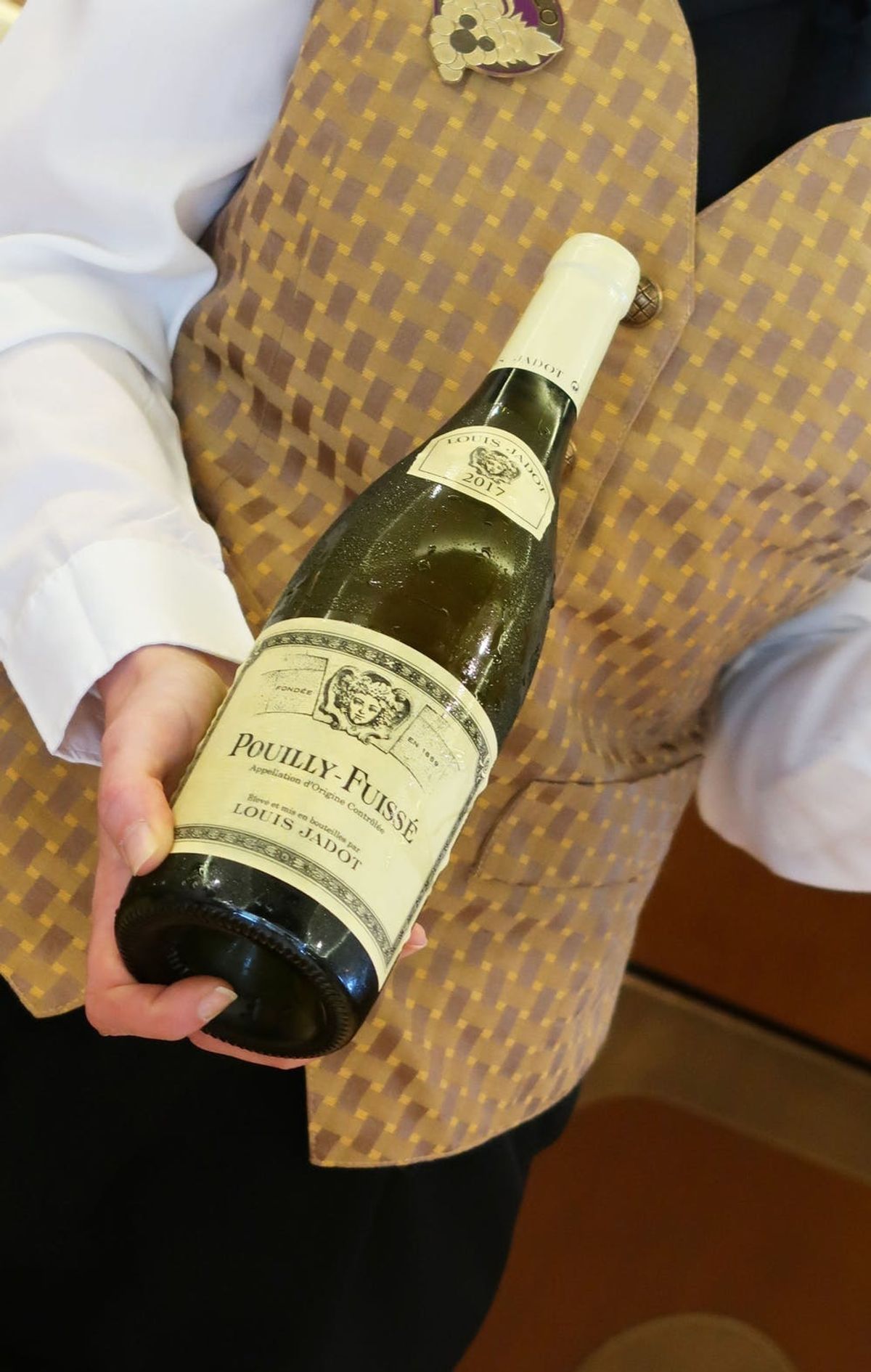Sip slowly.
Wine For Beginners: Mistakes & Myths, Debunked by Sommeliers

The world of wine can feel quite intimidating to newcomers, so consider us your guide to wine for beginners! Even the words to describe wine can be a barrier, particularly when your brain is saying, “Welp, it’s definitely wine flavor!” while a friend on the couch is tasting “notes of hot fudge sundae, a midsummer night’s campfire, and toast.” Let’s break down those barriers, shall we? We chatted with sommeliers and master sommeliers to get the 411 on Wine 101. Even if you’ve been drinking wine for a while, chances are you’ve fallen for some of wine’s myths, or found yourself making some mistakes once or twice. After all, they’re so common! Piece through these expert tips and before you know it, you’ll be on your way to talking tannins and terroir . . . or at least, enjoying your wine a little more.

Mistake: Storing Wine in the Kitchen
The Fix: Move it, stat. “The kitchen gets hot — this ruins wine,” says Szabina Sipos, sommelier for the fine dining restaurant Palo onboard the Disney Dream cruise ship. Many wine lovers think the kitchen is the logical place to keep their wines — above the fridge, in the cabinet, etc. But the volatility of the temperature and humidity can damage your valuable bottles of vino. This was this sommeliers #1 tip and among what she noted to be the most common mistakes for wine drinkers, so gather up those bottles and get them somewhere cool and dark.
Myth: Expensive = Better; Cheap = Worse
The Truth: “You don’t need to spend a ton of money to get a great wine,” said Brian Koziol, master sommelier (who also happens to be the Food & Beverage Concept and Development director for Disney Parks & Resorts). “You can get an excellent bottle of wine for $15,” he explained, sharing a bottle of Spanish wine with us — one from the Toledo at Disney’s Coronado Springs Resort. Said bottle’s price? $15. It was, in fact, excellent. Do a little research; talk to fellow oenophiles, chat up your local wine cellar clerk, do some digging online.
Mistake: Sticking With What You Know
The Fix: Branch out. According to Szabina, so many people find a wine they like and stick to it for essentially eternity, missing out on an entire world of beautiful wine offerings that they’d probably fall in love with. If you’re at a fine dining restaurant, talk to the sommelier. Visit a winery, and ask questions. Don’t be intimidated!

Myth: White Wine Goes With Fish; Red Wine Goes With Steak
The Truth: There’s a lot more wiggle room here, and it’s all about the individual wine and individual dish. Szabina’s tip: Always consider the sauce! A teriyaki on a fish or buttery truffle sauce on a steak could completely change how the dish will taste with your wine. And remember — It’s about what you like. Experiment and see what pairings you love.
Mistake: Not Knowing How to Pair Your Charcuterie
The Fix: Use the formula master sommelier George Miliotes swears by. (The founder of Wine Bar George at Disney Springs shared a charcuterie with us, paired with several wines so we could get a first-hand taste of what he was talking about). Got a high-protein, low-fat cheese or meat on your charcuterie board? It will typically pair nicely with a red wine. A fattier, lower protein version of the aforementioned hors d’oeuvres will usually pair better with a white wine. For example, a white wine should taste great with a brie, while a parmesan would be lovely with a red. Obviously this is quite simplified, but it’s an excellent starting point.

Myth: Champagne Is Just an Aperitif
The Truth: Paired well, Champagne is incredibly versatile. Aris Angelos Protopapas Pitenis, Assistant Wine and Beverage Manager on Disney Cruise Line, showed us how to pair anything from an ice Champagne (specifically, the divine Moët & Chandon Ice Imperial) to a sparkling rosé with different meals at fine dining restaurant, Remy. What we’re saying is, it’s always a good time for Champagne. Even with your dinner. Or brunch. Or lunch. You get it. George from Wine Bar George also paired a Champagne with charcuterie (above) — a startlingly delicious English brut called Digby.

Mistake: Only Drinking White Wine at 50 Degrees
The Fix: Know your wine. Certain whites open up and change in flavor as their temperature changes. For instance, Szabina shared a Louis Jadot Pouilly-Fuisse (a French chardonnay) which started chilly and buttery. However, when slightly warmed by cupping the glass in your hands, this wine becomes warmer in flavor, almost akin to a golden apple pie with cinnamon and spices. Make another mental note for this one! Certain whites (like chardonnay) will open and become even tastier with a slight uptick in temp.
Myth: Sediment Is Bad
The Truth: “Old world wines have some sediment,” said Szabina. If you see something in the bottom of your glass, ask about it — “Don’t send it back!” It’s harmless, and sometimes completely intentional for a winemaker to add — and leave — sediment.
Follow us on Pinterest and subscribe to our email newsletter for more wine for beginners!
(Photos via Dominique Michelle Astorino)
This post has been updated.



















